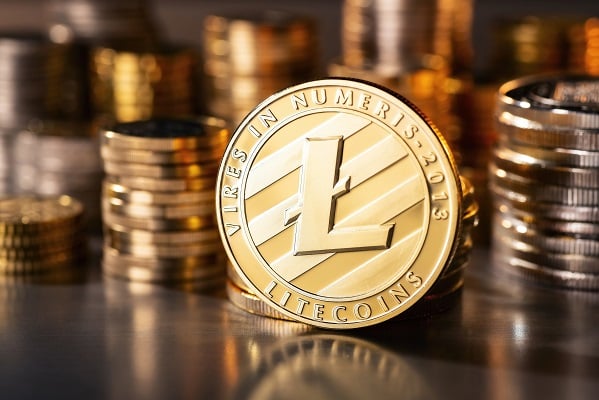For some, Apple’s $3 trillion price tag is the Californian company’s due reward for its innovation and ability to offer products and services which change people’s lives for the better, in terms of connectivity, productivity and entertainment.
For others, it is simply another sign that stock markets are becoming bubbly and overheated ahead of what they argue will be the inevitable smash.”
“Apple’s shares began trading in December 1980 when the firm had a market cap of $1.6 billion (a figure which today would leave it nestled within the FTSE 250 index in the UK). The market cap first reached $1 trillion in August 2018, $2 trillion in August 2020 and it has just nudged the $3 trillion mark in January 2022,” says AJ Bell investment director Russ Mould.
Buyers and holders of Apple stock will argue the $3 trillion price tag is not an aberration but well deserved.
The company is wildly profitable. In its fiscal year to September 2021, Apple generated $365 billion in sales, $109 billion in operating profit, for a margin of 29.8%, and $95 billion in after tax income. Net profit grew 65% last year to a new all-time high.
Those numbers mean return on capital employed last year was 172% to show how Apple continues to generate fantastic returns for its investors. The company’s asset-light model, where just $39 billion of fixed assets generate nearly $10 in sales for every buck of assets, shows it is scaleable. While outsourcing of production can bring its troubles, too, the services business is thriving, and this scales up in size very quickly with very little incremental investment. In the year to 2021, Apple spent just 6% of sales on research and development ($22 billion) and half that ($11 billion, or 3%) on capital investment.
The higher-margin services operations buttress a competitive position that is already strong due to market share, brand and a technological edge by increasing customer stickiness and loyalty, through the ecosystem of apps and content. Services offered a gross margin in the last fiscal year of 69.7% compared to 35.3% to products such as iPhones, iPads and iMacs and had already grown to the point whereby they generated one fifth of sales. Bulls will also argue that Apple is only just cracking the TV and entertainment business and could yet prove a disruptive presence in other industries, including (electric) cars.
Apple is a cash machine. It generated $99 billion in operating free cashflow in fiscal 2021. That ability to generate additional cash enabled Apple to invest in its products and services to maintain and entrench its competitive position and then supplement capital gains on its stock by returning $100 billion to investors via dividends and share buybacks. Even on a $3 trillion market cap that represents a cash yield of 3.3%, a figure that beats cash and US Government bonds (or Treasuries) hands down and, when added to the last 12 months’ 41% capital gain, more than protects investors’ money from the ravages of inflation.
In fact, since Apple started to pay dividends and buy back stock in the fourth quarter of calendar 2012 (the first quarter of Apple’s fiscal 2012-13 year), the company has returned $662 billion in cash to shareholders. On 1 October 2012, Apple had a market cap of $618 billion, so anyone who owned the shares then would have got all of their money back and still own a stake in a wildly profitable firm. Bulls will say it takes a brave investor to bet against any firm capable of generating such copious cashflow, as its ability to keep investing in its business and rewarding investors at the same time makes it a formidable proposition.






Leave a Comment